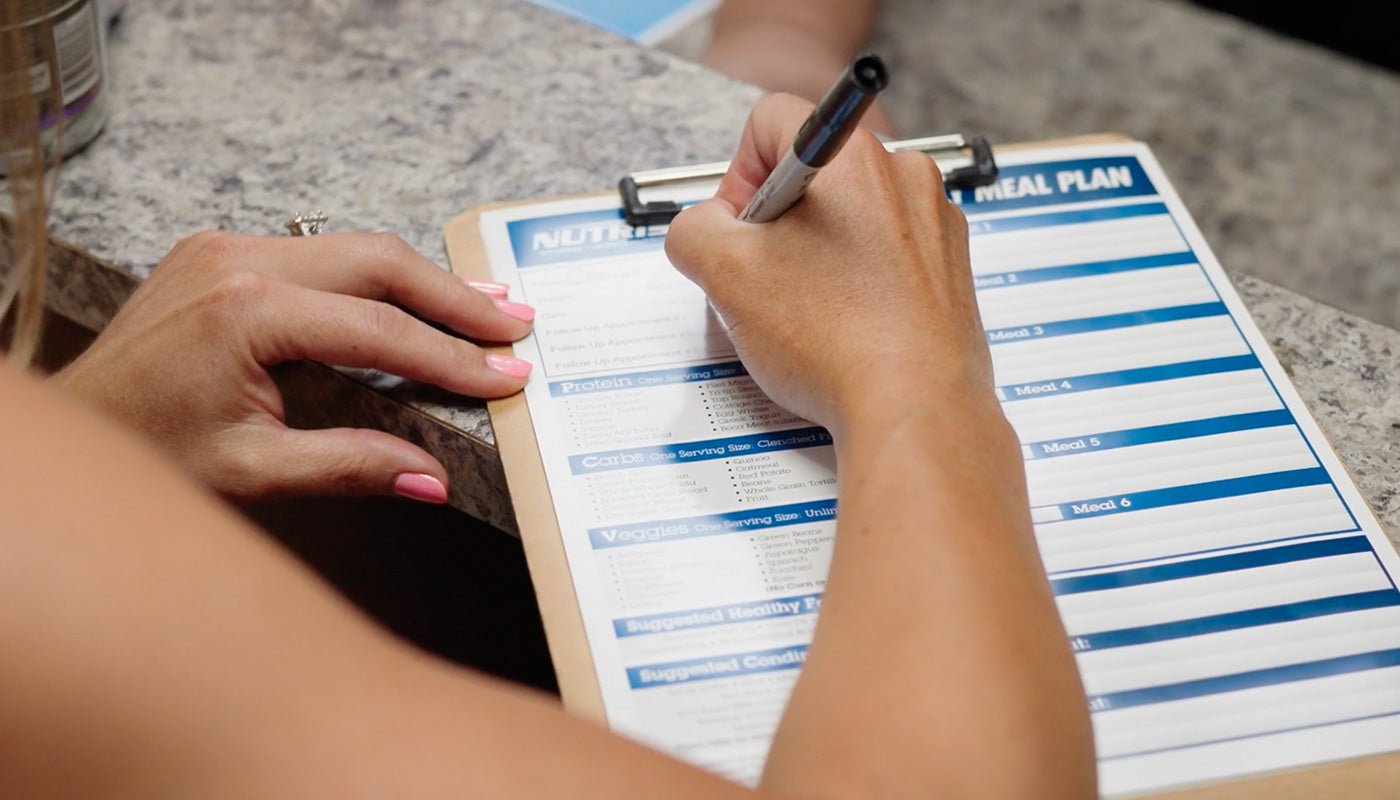With warmer weather in the coming months, the inspiration to get our bodies toned up for swimsuit season with outdoor workouts is calling! Outdoor workouts, however, are not simply indoor workouts taken outside. Safety and sustainability depend on your knowledge and ability to plan for your new environment.
Use this six-step checklist to prepare for outdoor workout safety:
Adapt to the Air Quality Index
Most weather apps and websites list the air quality index (AQI). The scale runs from 0-500, with higher numbers representing more air particle pollution that can impact breathing abilities.1 The score helps you understand what kind of activity your lungs can safely sustain outdoors, as you may need to adjust duration or intensity based on your health status or biological age.1
- Scores of 0-50 (good): This is your green light to enjoy fresh-air workouts freely.
- Scores of 51-100 (caution for specific populations): People with lung conditions or high allergy sensitivity should decrease prolonged or heavy outdoor exercise.
- Scores of 101-150 (caution increases for older adults and children): Older adults and children should also reduce heavy exertion outdoors, even if they do not have lung conditions.
- Scores of 151+ (everyone modifies): Everyone should decrease outdoor activity duration and exertion.
Check the Heat Index
Instead of only looking at the temperature on your favorite weather app, look for the heat index, which factors in humidity.2
- At 90 degrees Fahrenheit, there is an increased risk for heat-related illness.2
- At 106 degrees Fahrenheit, the risk increases to the point that outdoor exercise should be re-scheduled.2
If you still plan to exercise outdoors with a high heat index, drop the intensity and duration while using the rule of 15s:
- Look for shade and avoid pavement to decrease the temperature by up to 15 degrees
- Take at least one sip of water and scan for signs of heat illness such as cramping, excessive sweating, or dizziness every 15 minutes
Hydration is Key
Even 2% dehydration impairs your workout performance, leading to faster muscle fatigue and increased injury susceptibility. Begin your hydration plan with the following guidelines, then adjust to your individual needs:3
- 2 hours before workout: 14-22 oz
- During workout: 6-12 oz every 15 minutes
- Post-workout: 16-24+ oz
While the main component of your hydration should be water (as opposed to fruit juice, coffee, or soda), you can also include supplements like BCAAs and electrolytes that are part of your overall wellness routine.

Survey your Surroundings
Torn ligaments, fractures, allergic reactions, and catastrophic injuries can often be prevented by a mindful walk-through to ensure your scene is safe. Even if you are in a familiar area, conduct a safety walk-through before you start. Check for:
- Overhead loose branches, nests, and power lines
- Ground-level inclines, uneven bricks, rocks, sticks, leaves, holes, insect nests, anthills, and signage that may indicate recent chemical spraying of the area
- Opportunities for incoming objects such as doors that might swing open, or motor vehicles that may approach
Vary the Terrain
Your favorite outdoor workout space is seldom completely flat. Doing your workouts in the same space every day can lead to overuse ligament sprains and muscle strains that could sideline your workout efforts for months. Within your workout, face different directions on each set to vary the stress from the ground on the body. Try to find at least three safe spaces so you can change your surroundings each day.
Mind the Mileage
While running and biking may come naturally with the nice weather, overuse from too much too fast is common, even if you’ve been training indoors over the winter. Outdoor running is not the same as treadmill running. Most treadmills have motorized belts, which assist your momentum forward. Outdoors, your muscles must work harder to go the same speed.
As you start your transition outdoors, keep long-duration runs and bike rides to three non-consecutive days per week, not to exceed your current indoor duration for each workout. As you progress, follow the 10% rule: Increase your total weekly duration by 10% per week. Your muscles, tendons, and ligaments will reward you with workout sustainability.
Summary
Follow the six checkpoints above to plan your transition to outdoor workouts this spring! Know friends or fellow trainers and coaches that would benefit from this checklist? Share it to help keep everyone safe!
-----------------
About the Author: Dr. Meredith Butulis, creator of the ISSA Fitness Comeback Coach Certification (online), is a Sports Medicine Physical Therapist, NSCA Certified Strength and Conditioning Coach, ACSM Certified Exercise Physiologist, NASM Certified Personal Trainer, and Precision Nutrition Certified Nutrition Coach in practice since 2002. She consistently walks the talk as a fitness, physique, and OCR world level competitor and lifestyle transformer since 2006, celebrating many wins along the way. Want more total fitness lifestyle inspiration and interaction? Follow Dr. Meredith on Instagram @Dr.MeredithButulis or join the free “Fitness Focus Fuel” Facebook Group.
------------------
References:
- https://www.airnow.gov/sites/default/files/2018-04/aqi_brochure_02_14_0.pdf
- https://www.acefitness.org/fitness-certifications/ace-answers/exam-preparation-blog/3505/considerations-for-exercising-in-the-heat/
- Clark MA, Lucett SC. (2010). NASM’s Essentials of Sports Performance Training. Baltimore, MD: Lippincott Williams & Wilkins.






